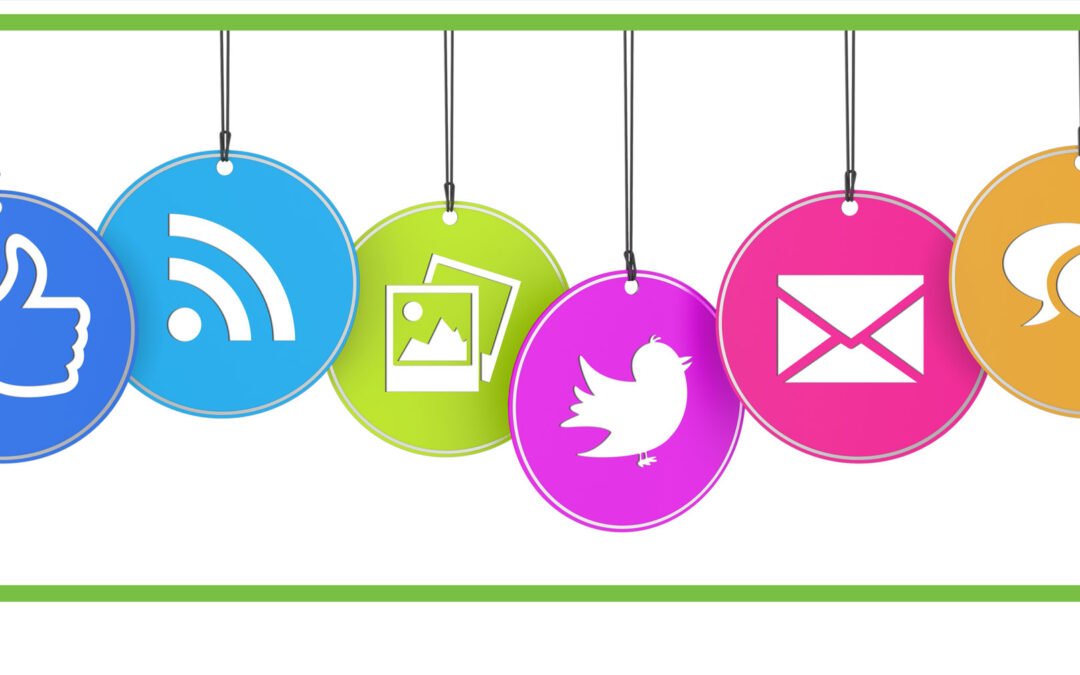Listening … it is the most used communication skill but is the least taught. We often assume that we are good at listening. But, are we?
Have you ever been on a conference call and realized that everyone was waiting for your response to a question you didn’t hear? Have you tried to tell someone the key outcomes of a meeting that you attended, and realized you missed out on important information (maybe, while you were handling an emergency via e-mail)?
- We actually cannot listen well unless we remove the barriers to listening:
Multi-tasking – Also referred to as “switch-tasking” because the brain was not designed to perform two tasks simultaneously, this barrier to listening is the easiest to address. If you need to focus on something other than the conversation, make an intentional decision — you may need to reschedule a meeting, or if it is an informal exchange, you may say, “Excuse me for one moment, so I can take care of this and then give you my full attention.” - Internal Distractions – When someone else is speaking, we can be thinking about any number of things: what question to ask next, where the lecture is leading, or how much time is left in the meeting. Just like meditation, “being present” is essential to effective listening. Start by recognizing when you shift from listening to thinking. Then make a conscious choice to return your focus to the speaker.
- Disconnecting – Listening is a relationship between the speaker and the listener. A doctor who connects to her patient does not simply answer the patient’s questions. She listens carefully to the patient’s tone, body language, and words so she can understand how the patient is feeling. Then the doctor responds, both providing information and reflecting back the feelings and values of the patient in her answers.
Good listening lets you understand the speaker’s feelings, values, and issues. Through good listening, you can determine what is important to your colleagues, managers, and clients. It enables you to learn, develop new insights, build relationships, and ultimately communicate more effectively.
Everyone can become a better listener; the first step is to identify and eliminate the barriers to effective listening.

